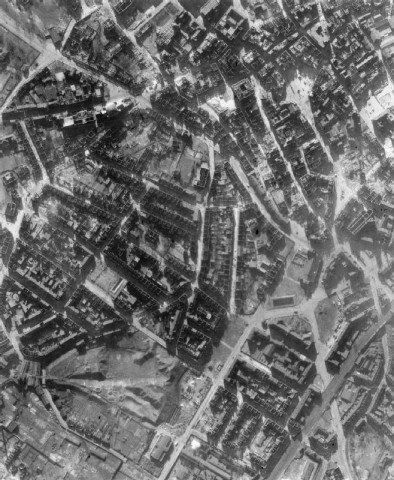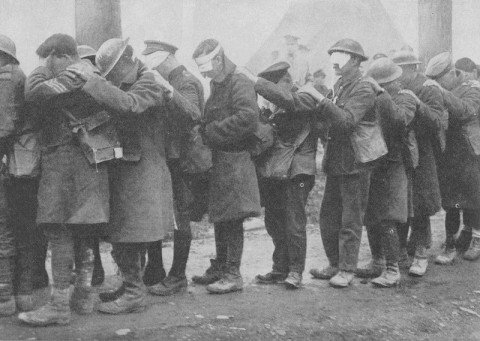In 1910, two Army officers, Second Lieutenant Bowle-Evans and Lieutenant Cammell independently put forward a new idea for an anti-aircraft weapon: the vortex ring gun.
In principal, it involved the formation of a vortex in the air, by the firing of an explosive charge inside a conical 'gun' which, if it were pointed upwards, would propel the vortex towards the intended airborne target on which, it was suggested, the violent air movement within the vortex would have a sufficiently destructive effect. Some practical support for the theory was provided firstly by a Dr Pernter of Germany who had some years earlier carried out some experimental firings which were said to have torn apart birds and other objects, and secondly by the farmers of a large region ranging from Hungary to northern Italy, who appeared to use such guns routinely in the belief that they could disperse hailstorms.
These proposals seem to have been made to the War Office; in any case a year later the Secretary of State for War, Richard Haldane, was corresponding on the subject with Sir Oliver Lodge, the eminent physicist. Lodge told Haldane that 'I really think the thing is worth a trial', but although he proposed acquiring a vortex ring gun from Piedmont for testing purposes it's unclear whether this ever happened.
The idea of using a vortex ring gun for air defence was aired in public at an Aeronautical Society lecture given on 3 December 1913 by Captain C. M. Waterlow, Royal Engineers, on the topic of the 'The coming airship'. In a discussion of the potential for aerial combat between aeroplanes and airships, Waterlow thought the former would be disadvantaged because of its inferior weight-carrying capacity: the airship could afford to be much better armed. This is perhaps not surprising since he was himself an airship pilot. When it came to the weapons which would be used, he suggested vortex rings:
The question of a suitable weapon had hardly been considered, but he would remark that there were great possibilities in the use of vortex rings, such as had been used in France in connection with vineyards. To show the destructive effects that they can produce, he stated that when fired horizontally they were capable of breaking up a wooden fence at a distance of 100 yards.
The basic principle behind vortex ring guns is quite sound: a smoke ring is a common form of vortex ring, and toy vortex guns can bought or even made at home. Practical uses are a bit more dubious. The use of vortex ring guns (or hail cannon) to disperse hailstorms has a long history but little scientific evidence to back it up. More recently, militaries have looked at vortex ring guns as non-lethal weapons, to knock people down, but they don't seem to be able to do this even over a distance as short as 30 metres.
...continue reading →




